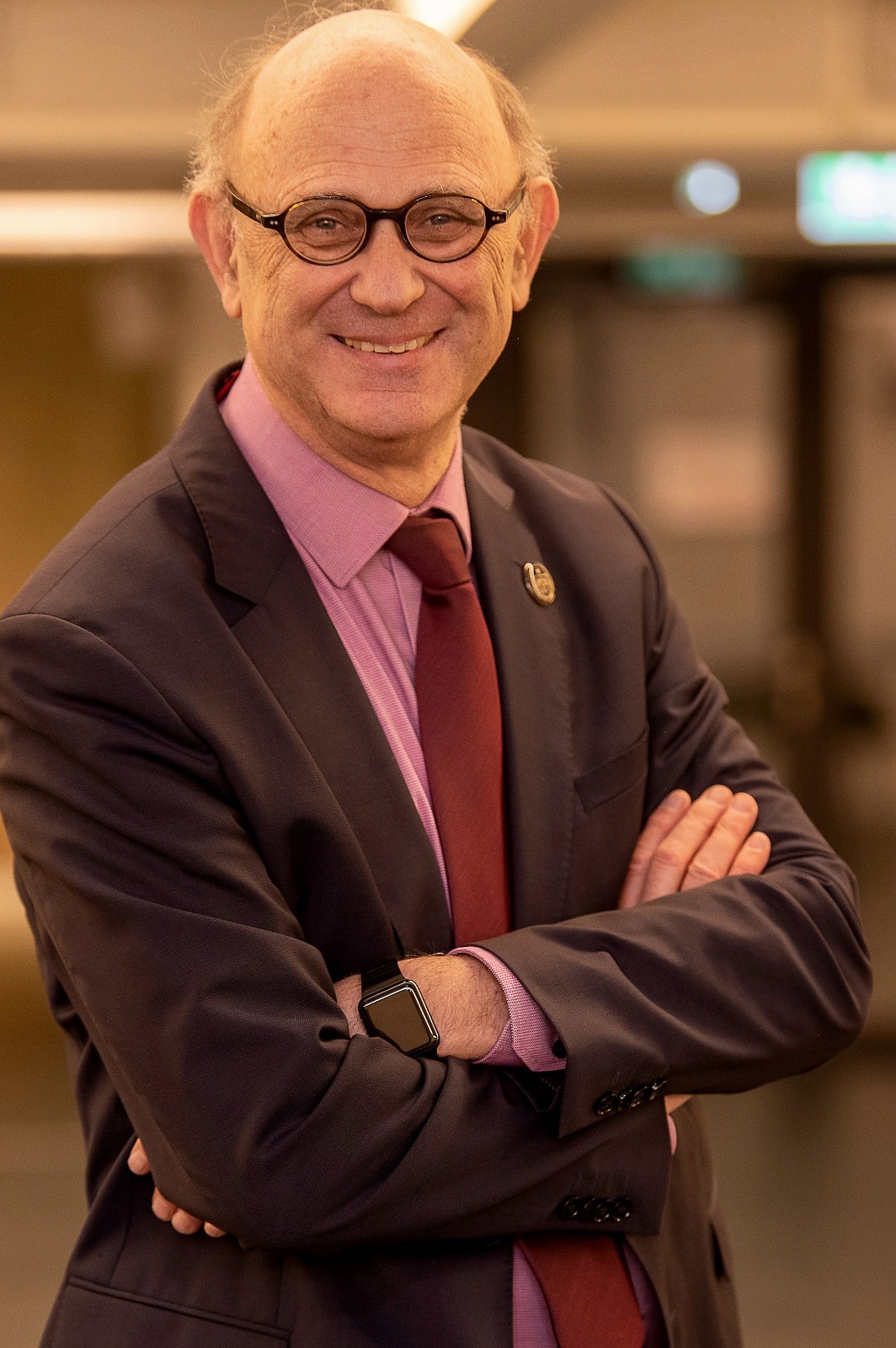2021 Honorary members part 2: Former EBMT President Professor Dietger Niederwieser
In the second of our Honorary Member interviews we congratulate former EBMT President (2006-10) Dietger Niederwieser, who is Professor Emeritus at the University of Leipzig, Germany, as well as holding Professorships at a number of other institutions worldwide. Following his EBMT Presidency, he also served as President of the Worldwide Network for Blood and Marrow Transplantation (WBMT) from 2010-14.
On hearing of his Honorary Membership, Professor Niederwieser said: “I am extremely proud and glad to be nominated for honorary membership of the EBMT. I thought I knew a great deal about clinical immunology, stem cell transplantation and networking in the late 1970s, when I joined the EBMT. Now I thank all of you for exposing my ignorance and teaching me so much about this fantastic treatment method, in which we are all so interested and where we still learn almost every day.”
He pays tribute to his great mentors like Christoph Huber (one of the founders of Biontec), Bruno Speck/Alois Gratwohl and the Nobel Prize Awardee Don Thomas, who stimulated his scientific inquisitiveness. He says: “I consider the EBMT and its members to be an equally important and unique mentor shaping my scientific life. I remember Ronald Brand saying the EBMT is like a scientific tank surrounded by numerous friends. It´s up to you to find your interest and the questions you want to answer.”
He started by hammering away tumours using autologous SCT (removing macrometastasis by liver transplant and micrometastasis by autologous SCT in 1983), moving on to the power of the immune system and of the graft-versus-tumor effect. He recalls: “I remember how I was interested in looking at the regulation of HLA-expression on GvHD target cells and finding experimental evidence for the cytokine-mediated association between infections and GvHD. I was then guided to the identification of structures on target cells, the minor histocompatibility (and especially the tumour-specific) antigens and to the idea of culturing specific T-cell lines for adoptive therapy.”
In the same way, he believes he was very fortunate to be part of many clinical discoveries within the EBMT. The EBMT risk score, the protective role of some HLA-antigens for CML, the graft-versus-breast cancer, and the role of non-myeloablative conditioning in acute myeloid leukaemia are just a few examples. Prof Niederwieser says: “We were able to perform the first prospective randomised academic clinical study in Europe, the first patient day in 2006 and give birth to the WBMT, a child inspired by the EBMT activity and transporting the EBMT spirit across the world. This same spirit has since borne fruit in the foundation of the two further offspring, now grown up, the LABMT and the AFBMT.”
He continues: “In the EBMT we have excellent people, abundant scientific information and even more importantly friendship. I found myself in the midst of a large group of voluntary young and elderly colleagues with one common interest and motivation. An ideal world without borders, an optimal ground to achieve important scientific results. But to me, equally if not more important, is that the effort resulting in many scientific, regulatory and political achievements celebrates values and virtues that have become all too uncommon and unfashionable today: mutual respect, concern and sensitivity for the opinion, experience and wisdom of others. It was a pleasure to work with all of you (colleagues, data managers, staff, nurses, patients and patient´s families) every day as an elected officer of the EBMT for more than 15 years, and it still is!”
He concludes: “I feel very privileged to have been able to participate with all of you in this unique group and I am looking forward, after many decades of mainly management, to go back to immunology, where I intend to understand in more detail the fascinating world of gene therapy, gene editing and cellular interactions. We now have tools to direct the antitumor effect more efficiently and with decreased risk, we know how to fix in vitro a single mutation such as in sickle cell anaemia. It is now just a short step to the patient and to a cure. Let´s work together with the ambitious vision of 0% treatment related mortality and relapse. Collaboration not only within the group, but also networking with disease specific societies like the ELN, will be needed. I am of course more than happy to make what contribution I can in this respect. In addition to the mentorship, I am also now getting this award. Thank you so much.”
